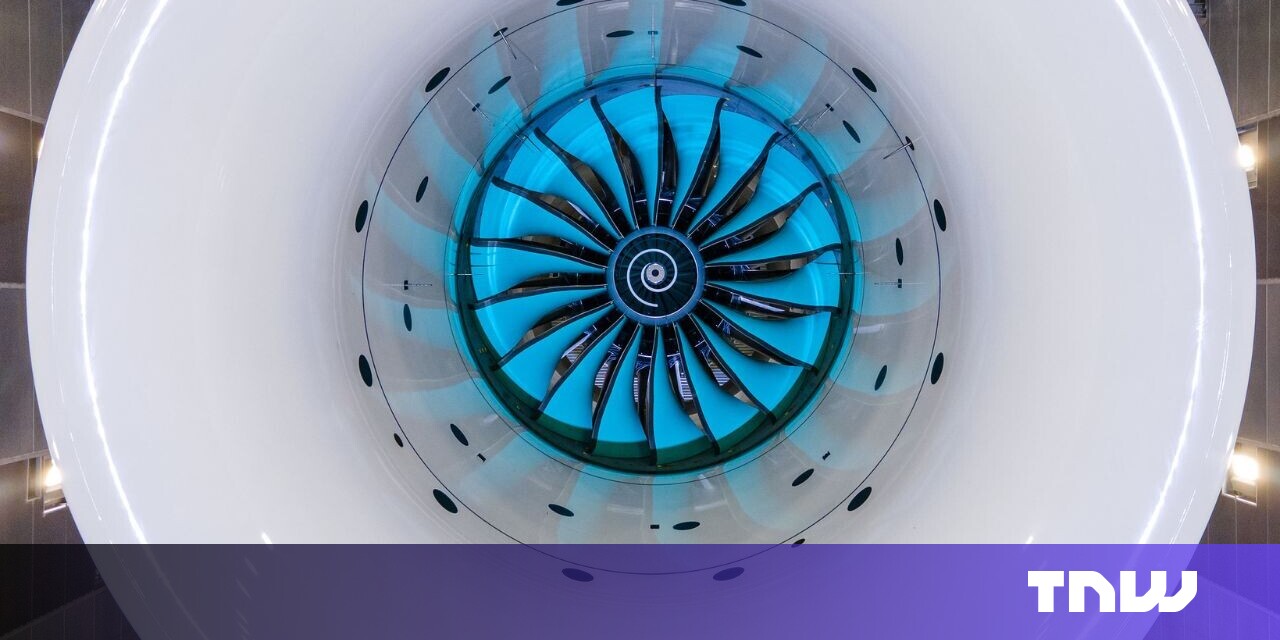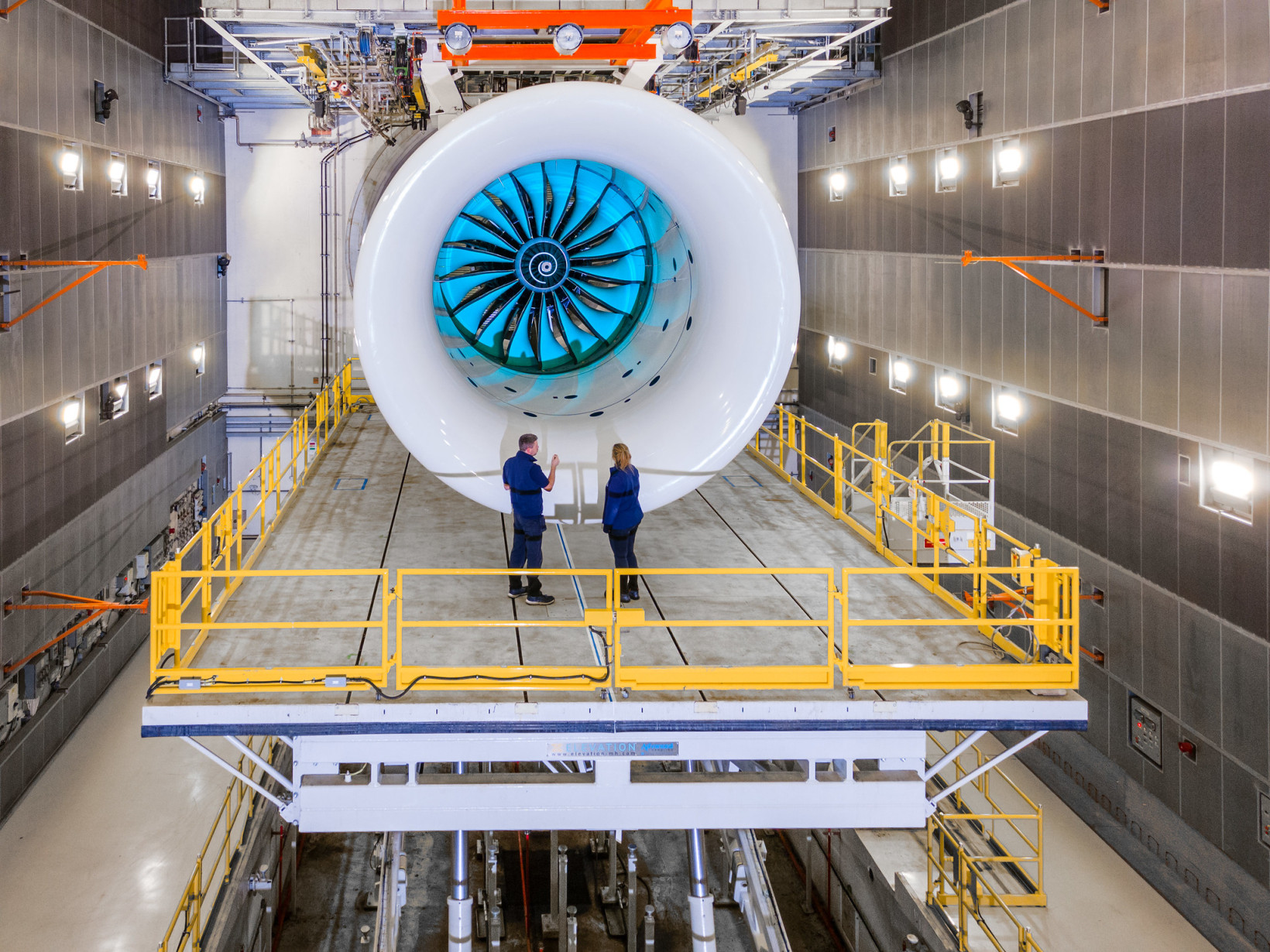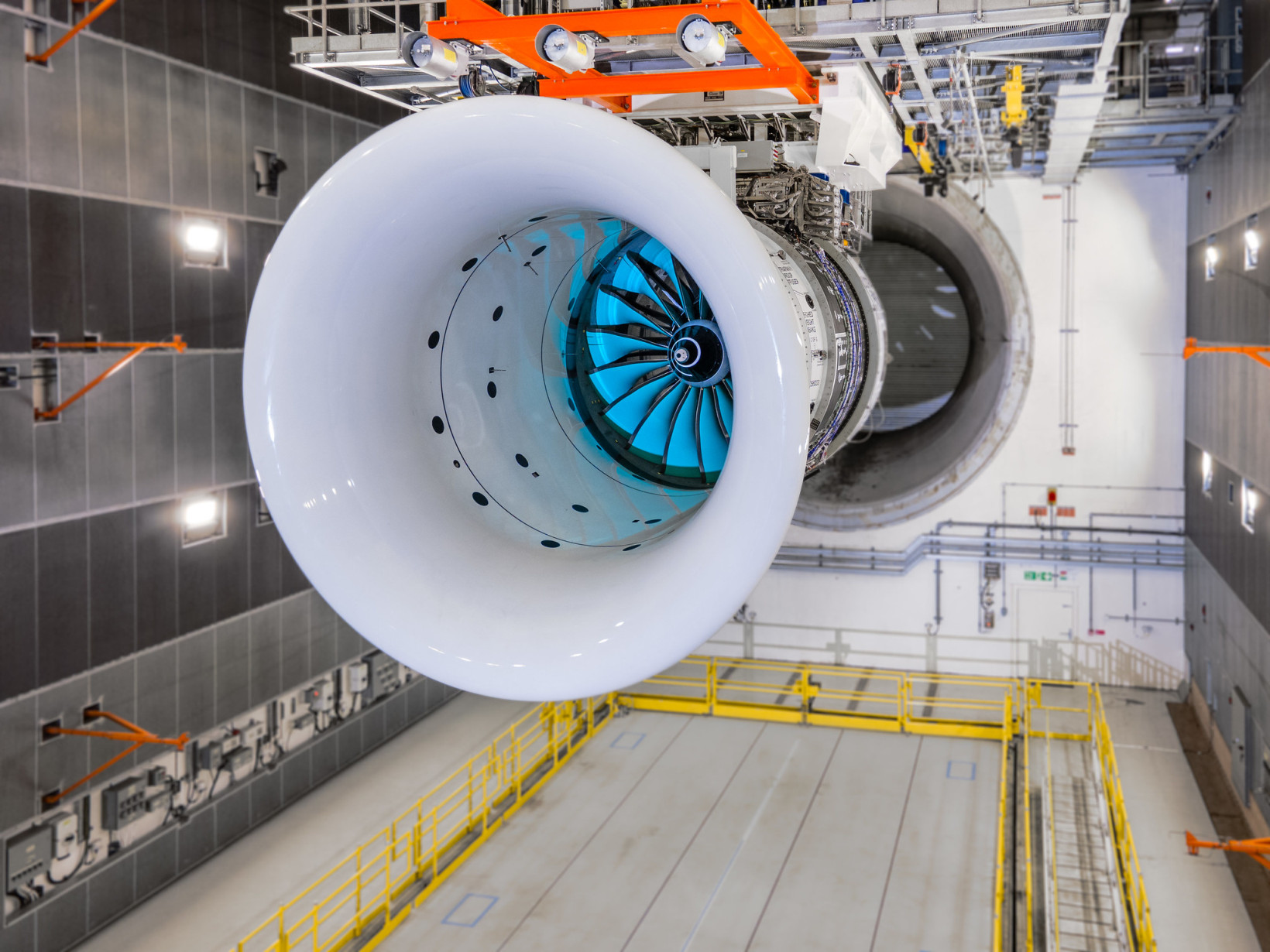
Rolls-Royce has completed the first tests of its UltraFan demonstrator aircraft engine at its facility in Derby,UK.
The tests were conducted using 100% sustainable aviation fuel (SAF) primarily from waste-based feedstock, but the company is also exploring options for hybrid-electric and hydrogen-powered options.
“The UltraFan demonstrator is a game changer.
In the making for nearly a decade, UltraFan has been designed to showcase technologies that can deliver greater fuel efficiency for both existing and future aircraft engines, in turn, lowering their emissions and increasing sustainability.
Specifically, UltraFan’s technology is slated to offer a 25% fuel efficiency improvement compared to the company’s first generation of Trent engines, and a 10% efficiency improvement over the Trent XWB — oneof the world’s most efficient large aircraft engines in service.

Other key features of the demonstrator include carbon titanium fan blades and composite casing; a new Advance3 core architecture that achieves maximum fuel burn efficiency; and a gear design that delivers efficient power for future high-thrust, high-bypass ratio engines. Notably, UltraFan’s power gearbox has reached 87,000 horsepower (64MW) during testing — an industry first, according to Rolls-Royce.
Tickets are officially 80% sold out
Don’t miss your chance to be part of Europe’s leading tech event
UltraFan hasn’t been built as a standalone product to power a particular type of aircraft. Instead, the focus is on the flexibility and scalability of the technology. Correspondingly, Rolls-Royce opted for a massive size (140-inch fan diameter), which enables it to scale down as required by customers and offer power solutions for two-shaft, three-shaft, direct-drive, and gear propulsion systems.

“The UltraFan demonstrator is a game changer — the technologies we are testing as part of this programme have the capability to improve the engines of today as well as the engines of tomorrow,” said Tufan Erginbilgic, Rolls-Royce’s CEO. Combining more efficient gas turbine engines with SAF will be “key” to meeting the industry’s target for net zero by 2050, he added.
In the near term, the company is considering transferring UltraFan’s technologies to current Trent engines. In the long term, the demonstrator’s scalable 25,000 to 110,000lb thrust capabilities could power both new narrowbody and widebody aircraft expected in the 2030s.
“This cutting-edge technology will help the transition towards a greener future for aviation while attracting further investment into the UK’s aerospace industry, helping grow the economy,” Kemi Badenoch, UK Business and Trade Secretary, commented.






